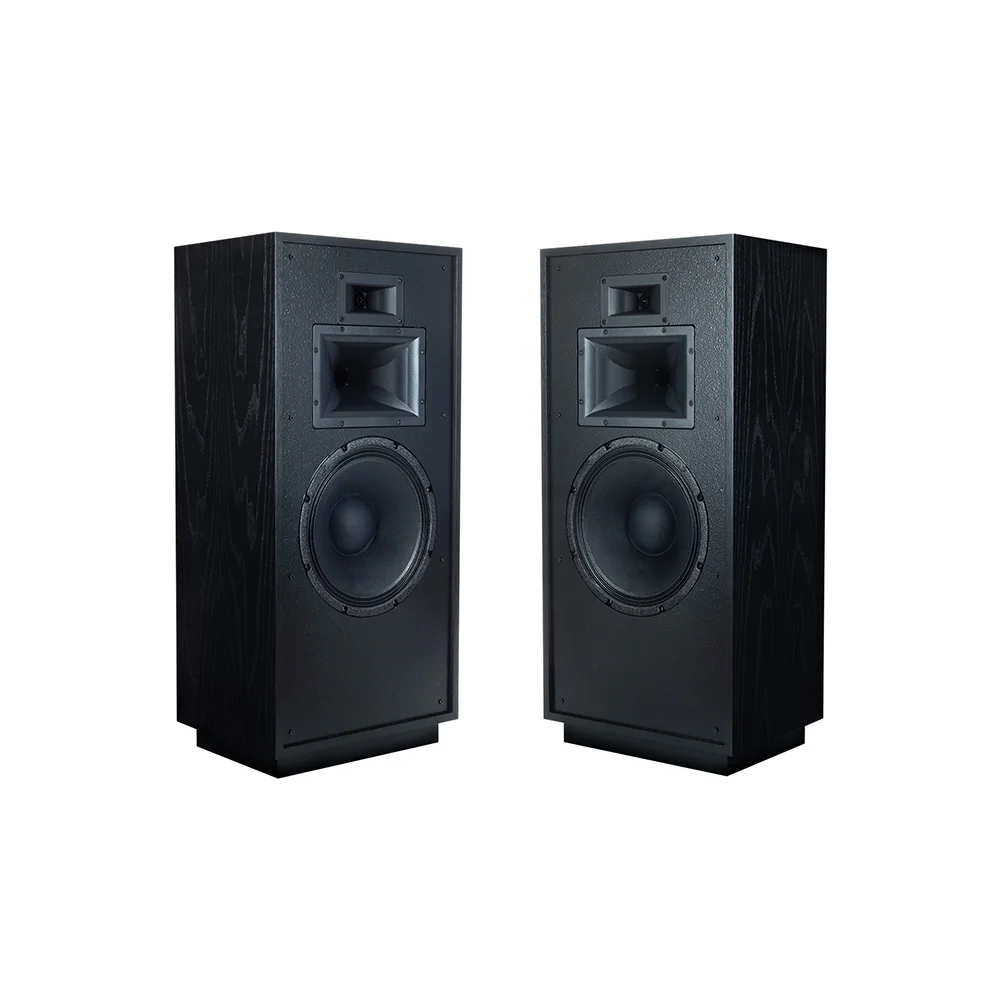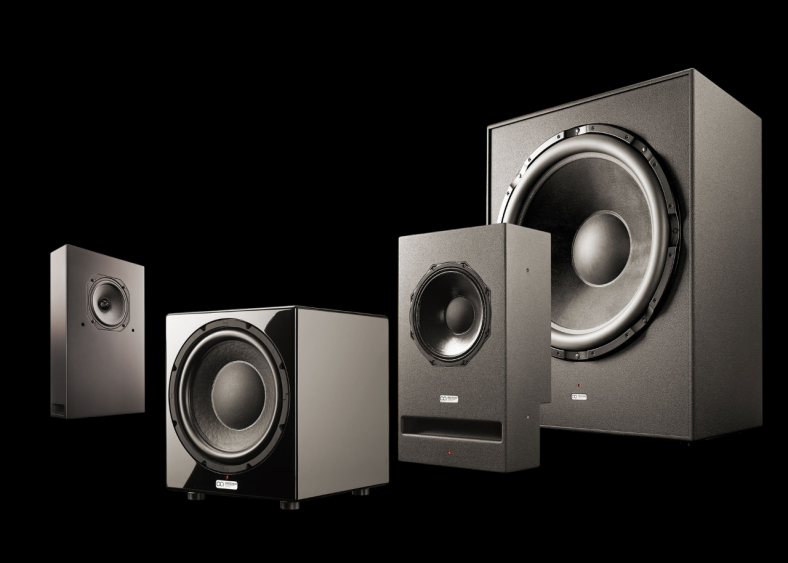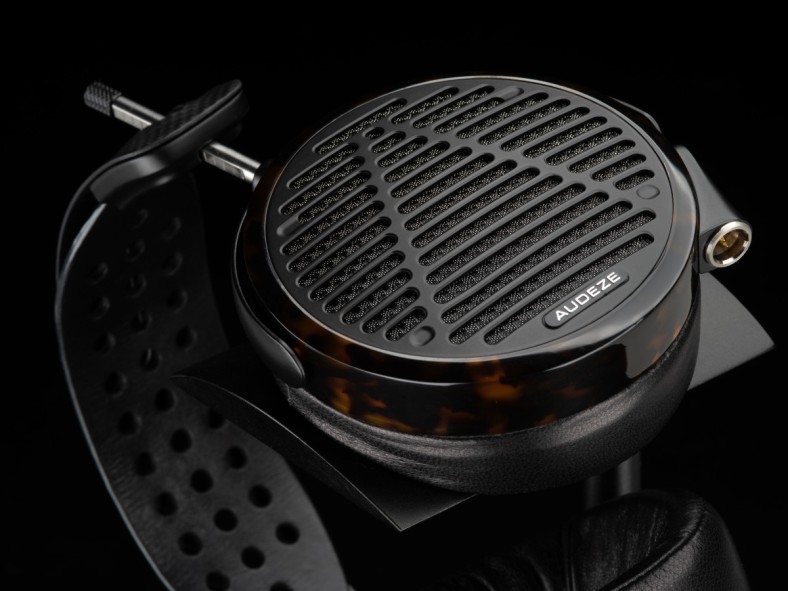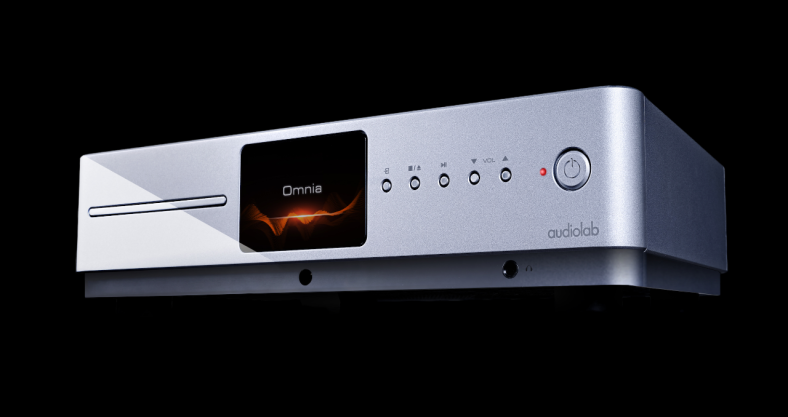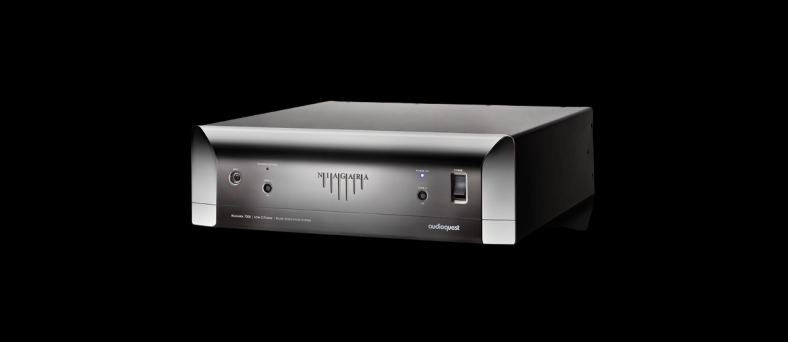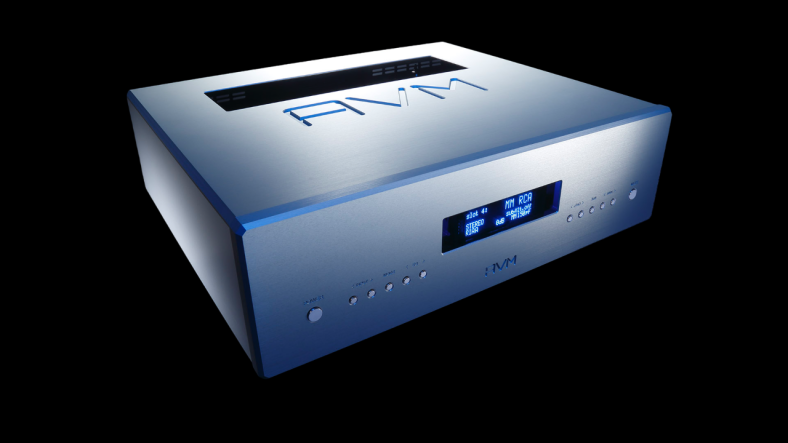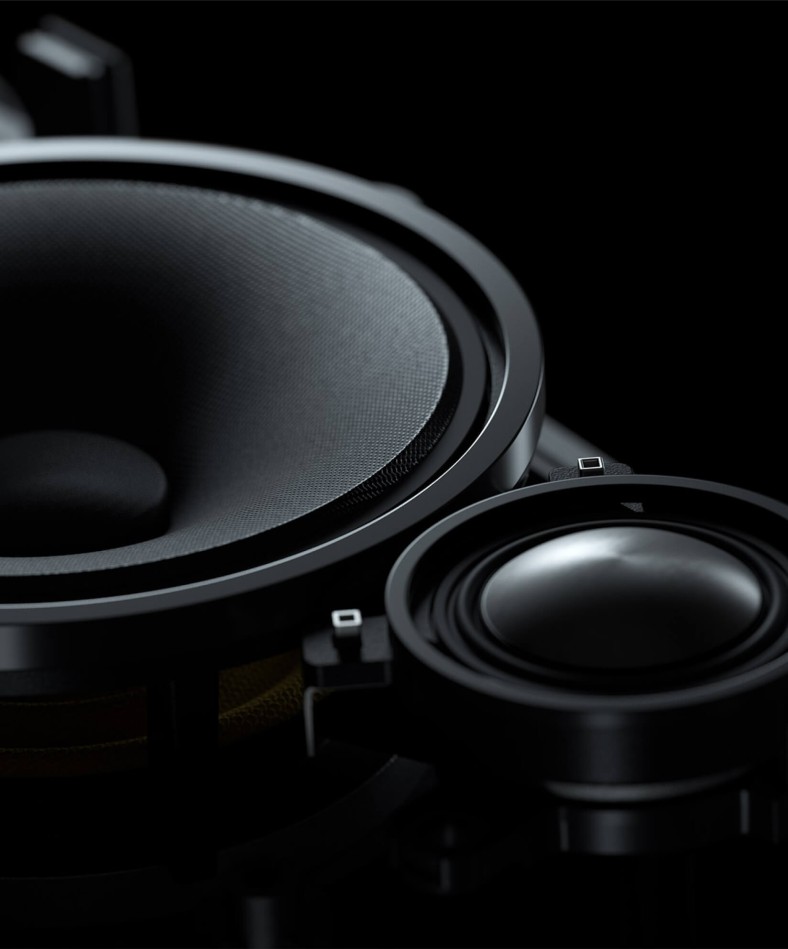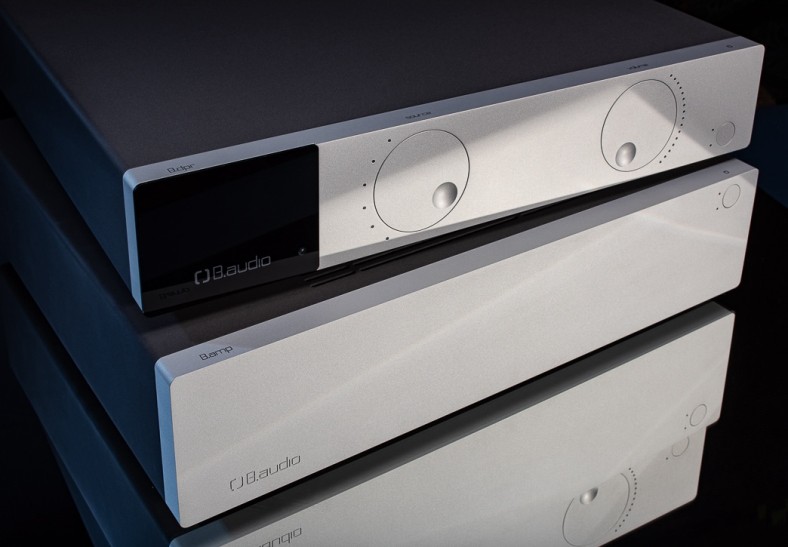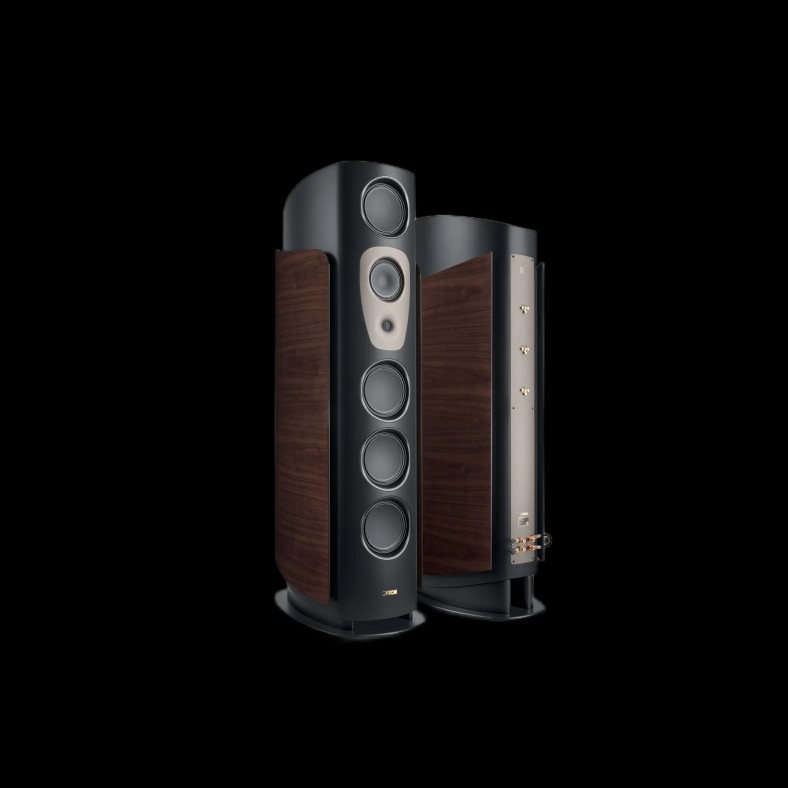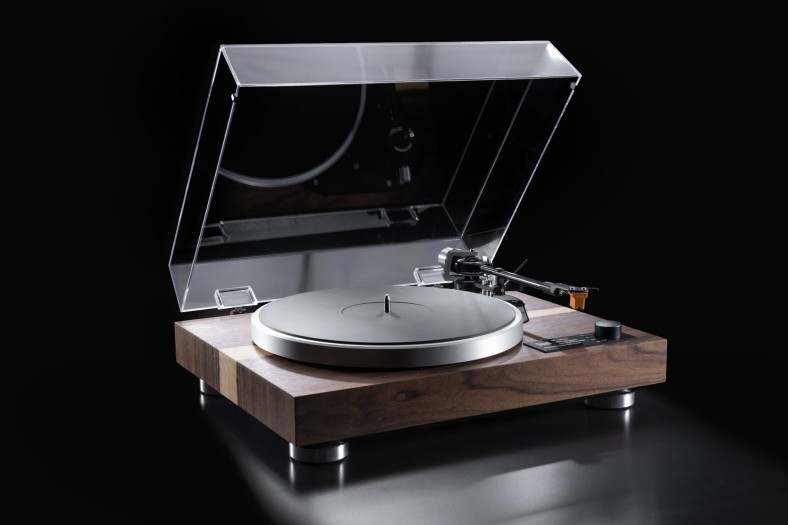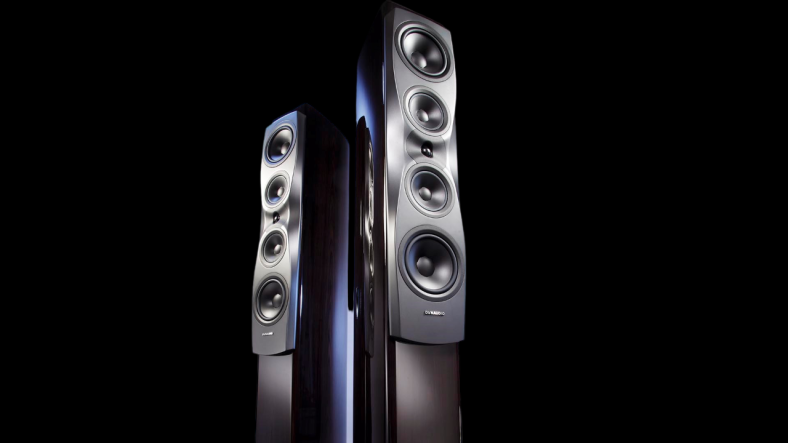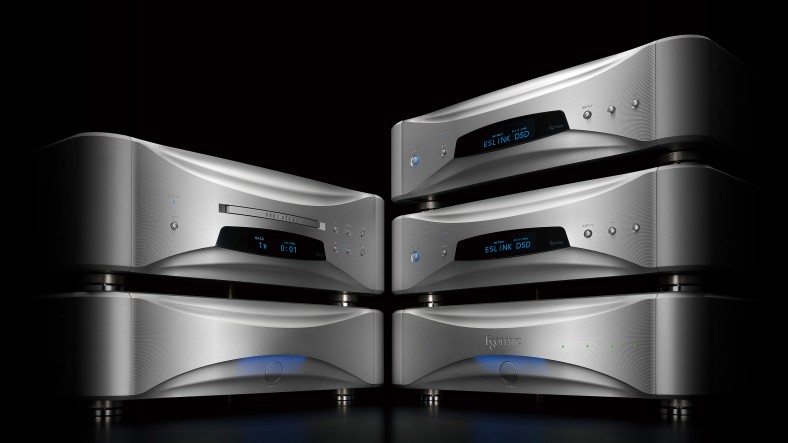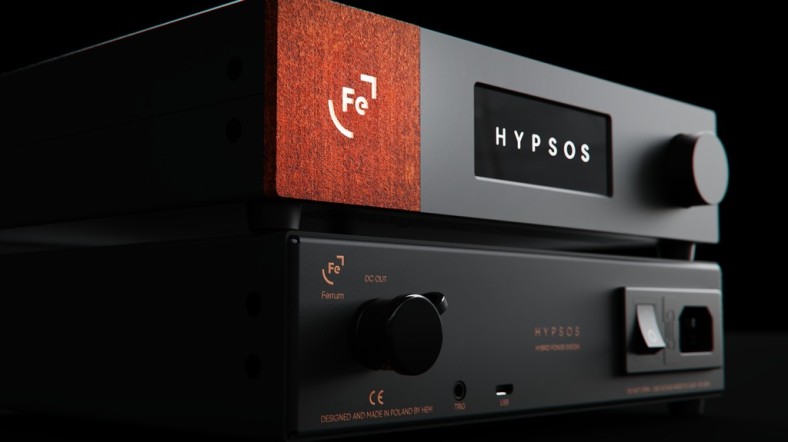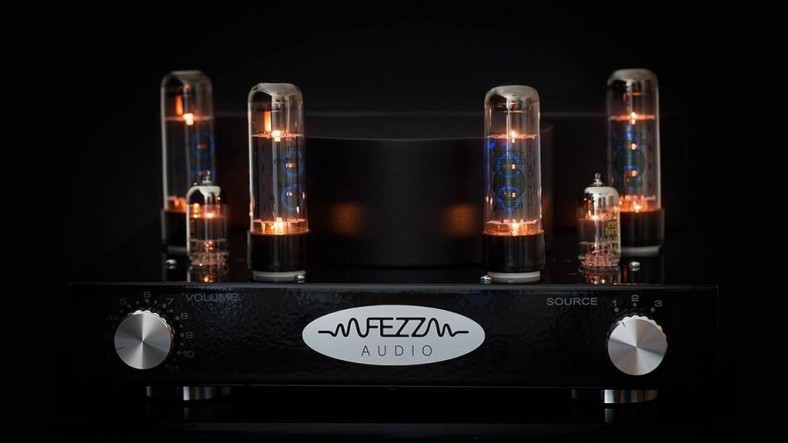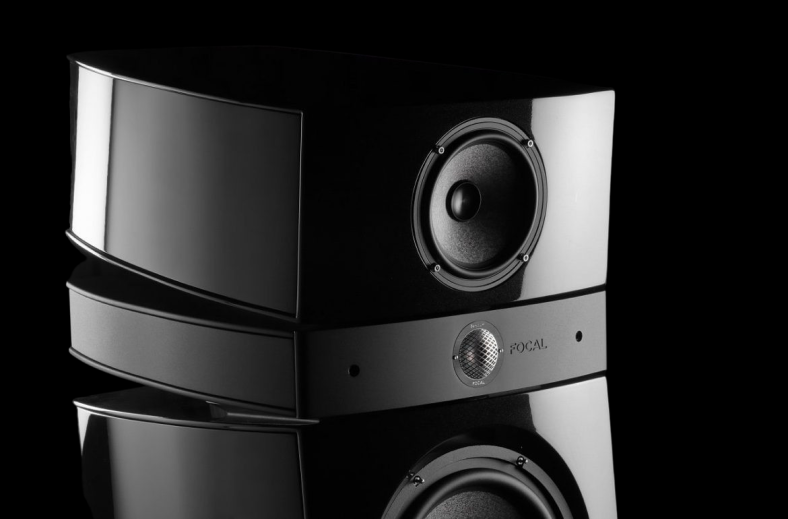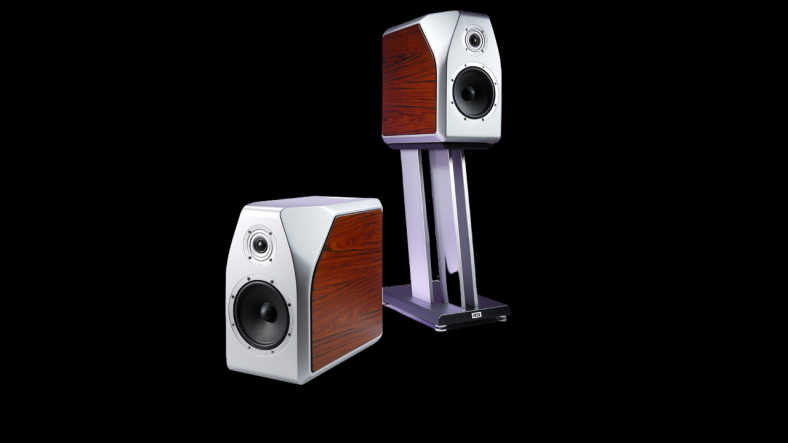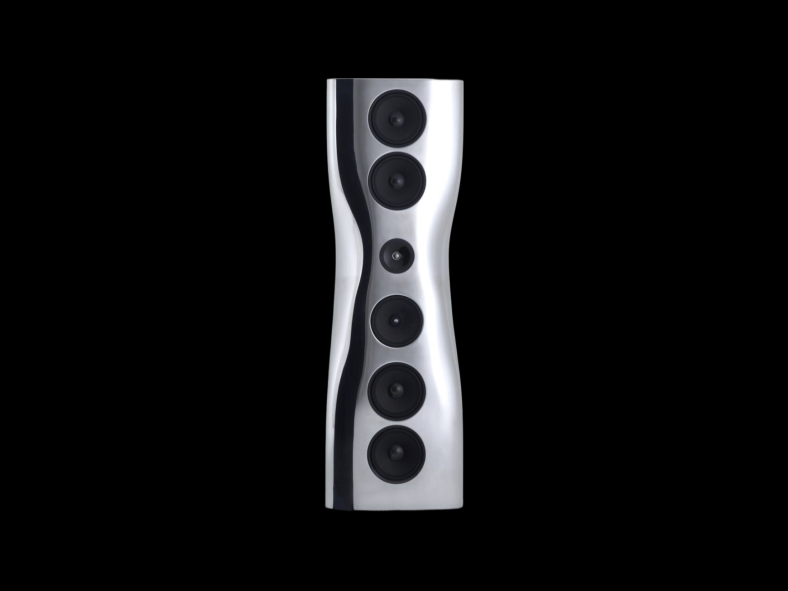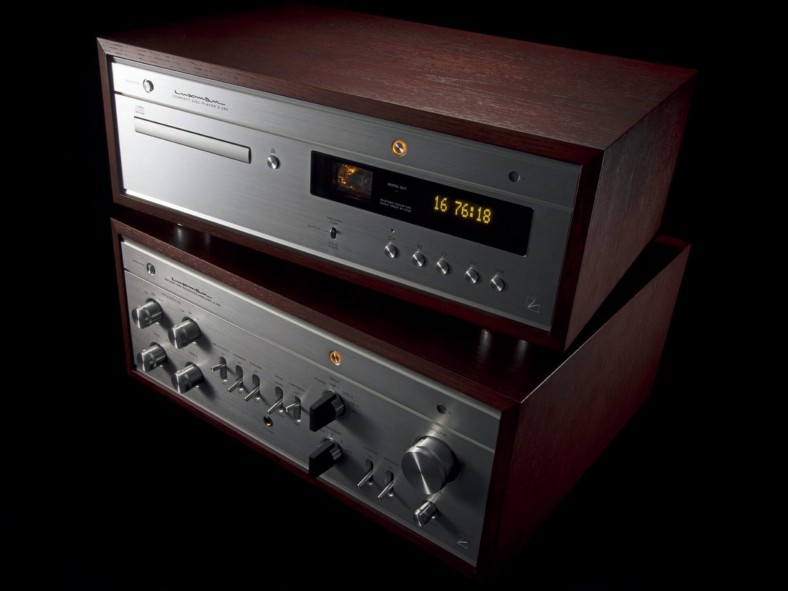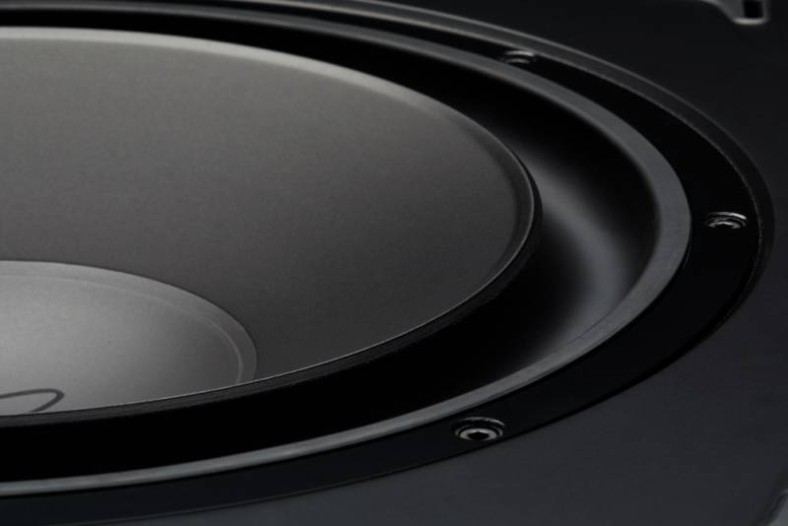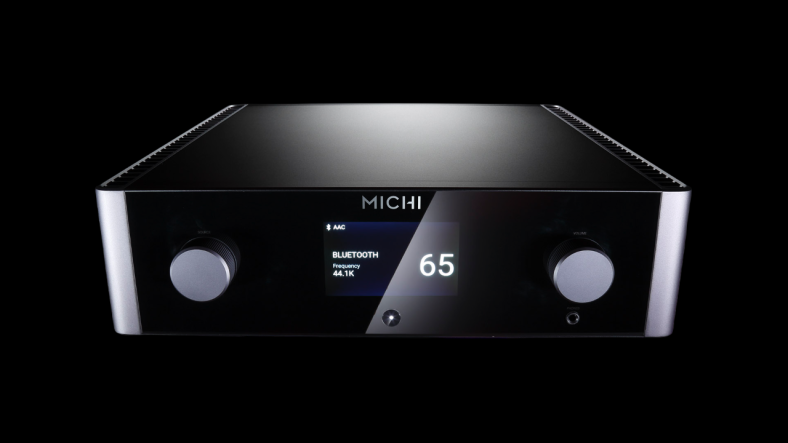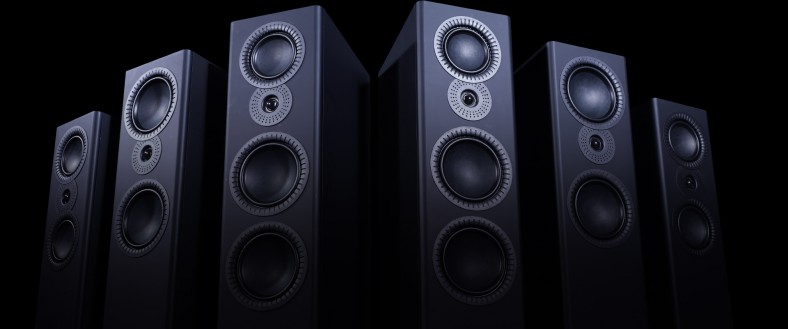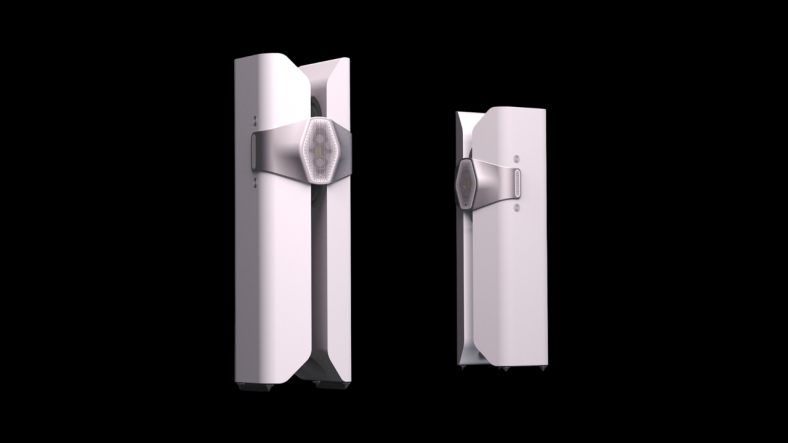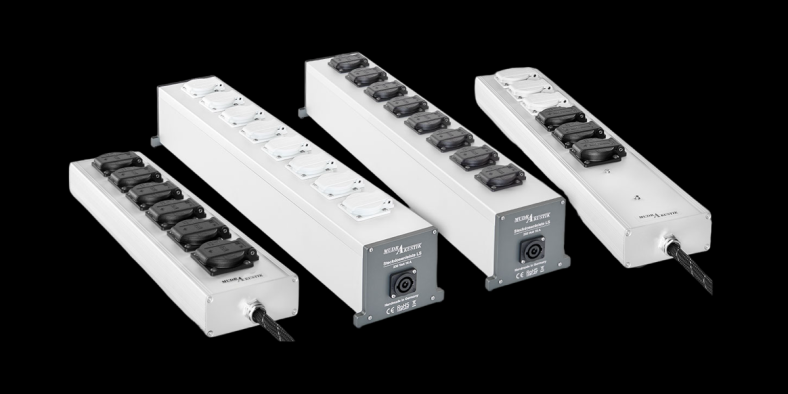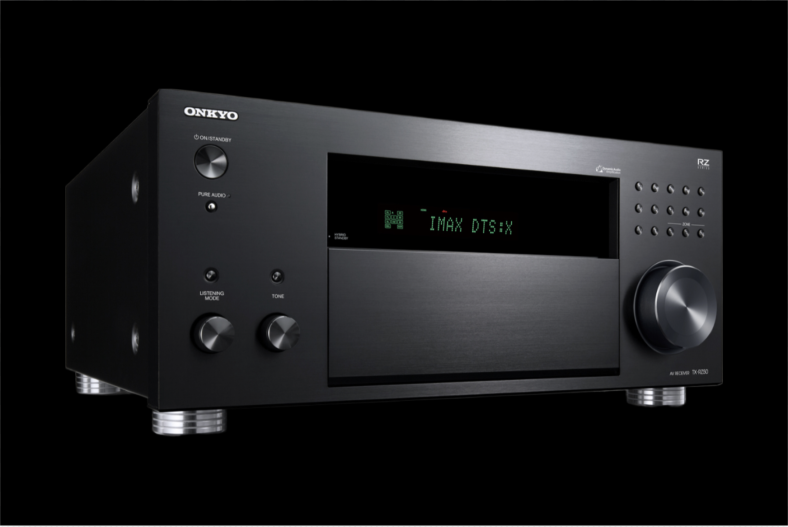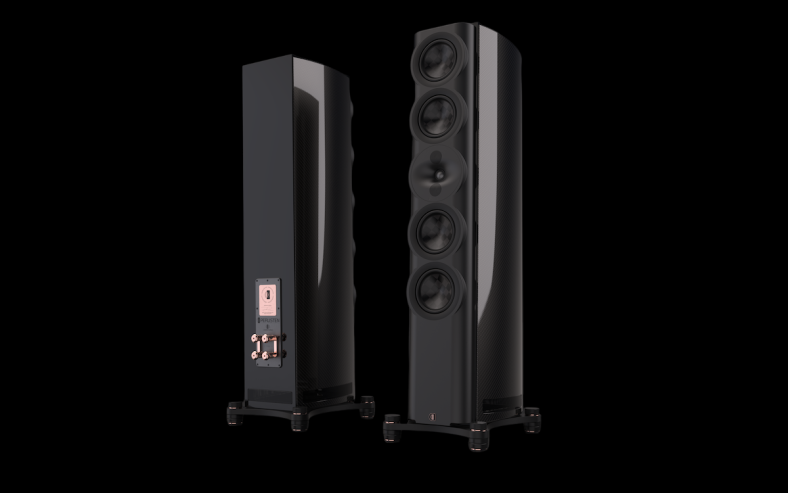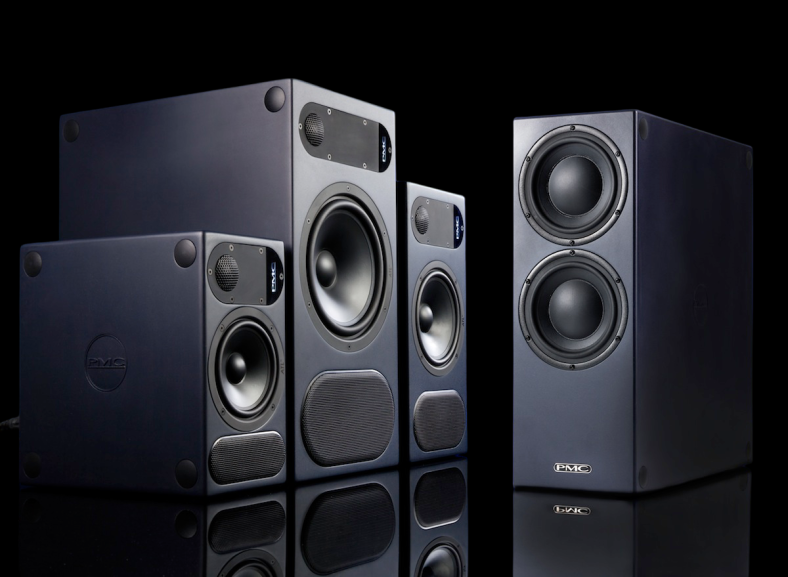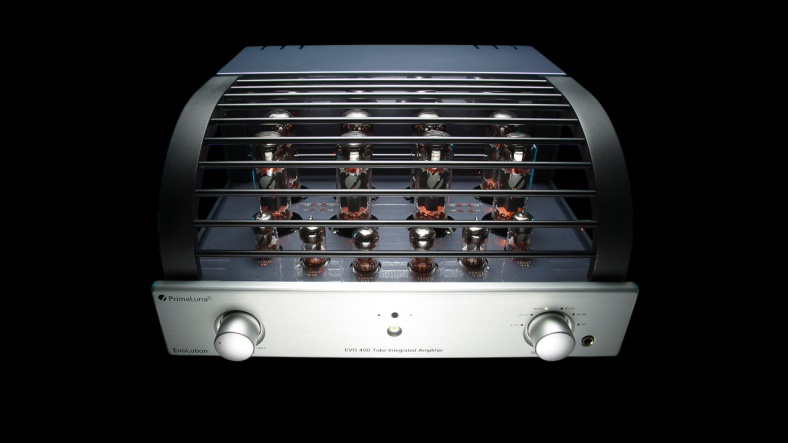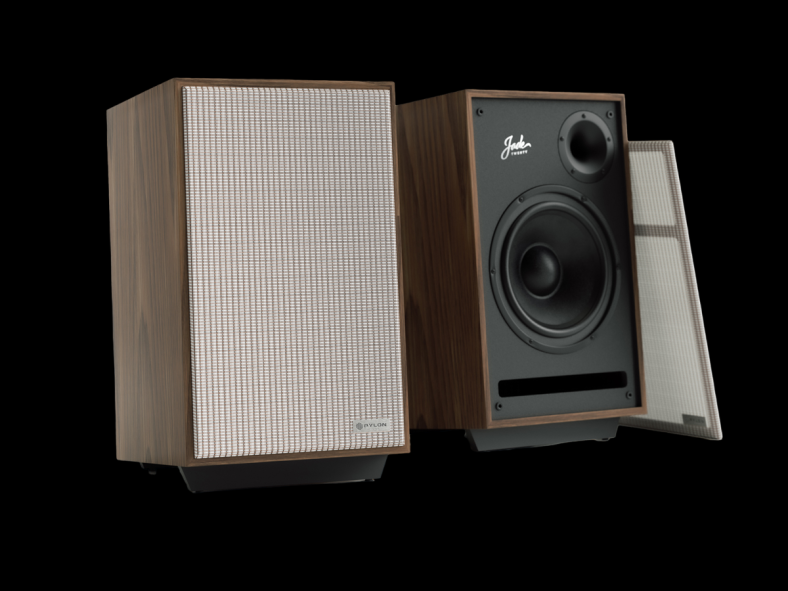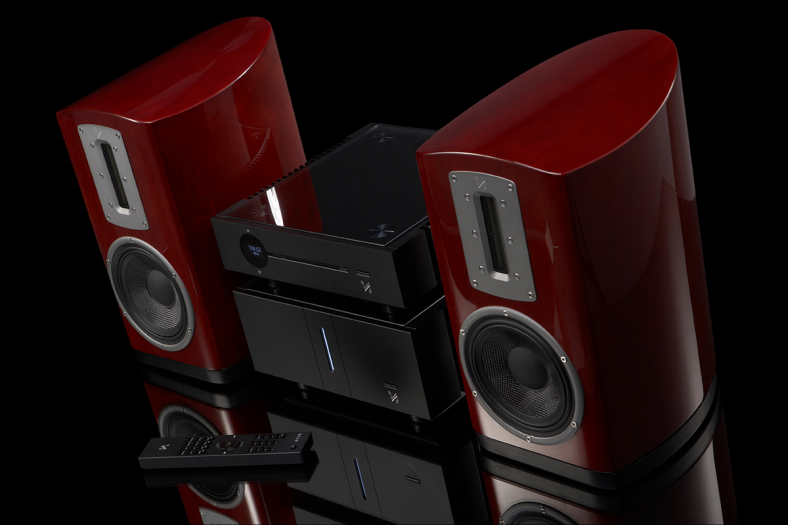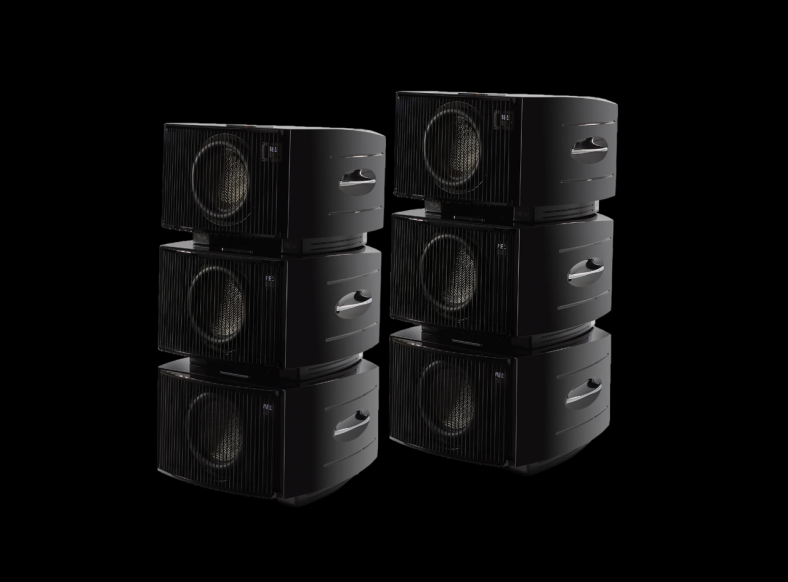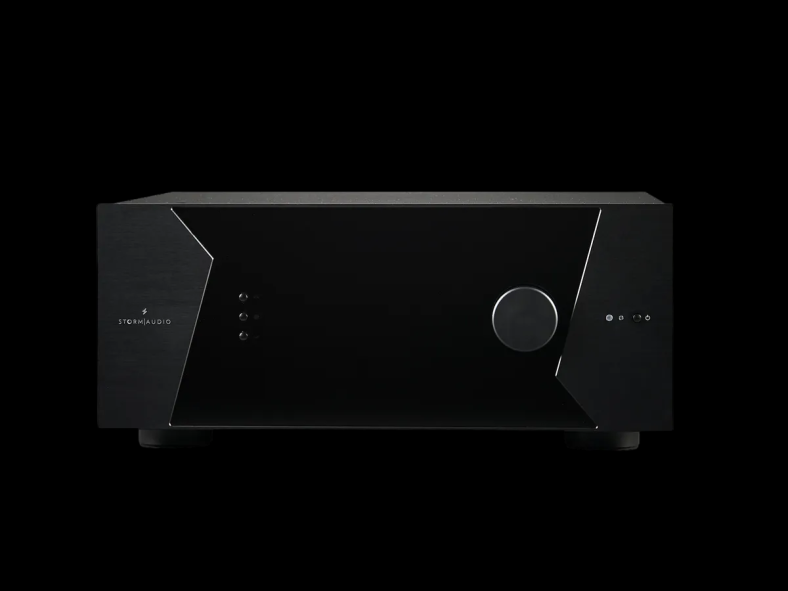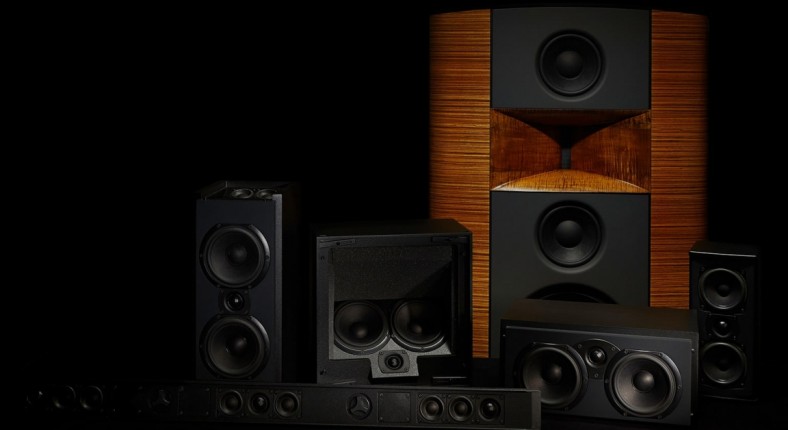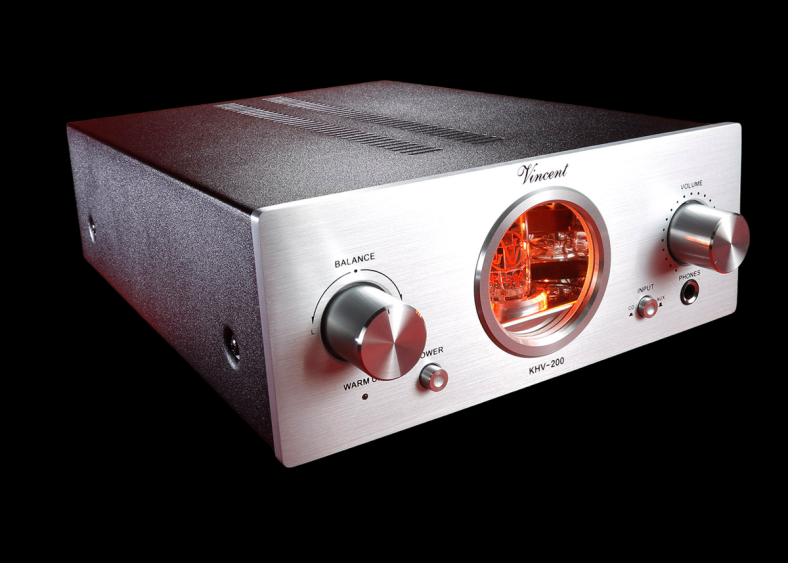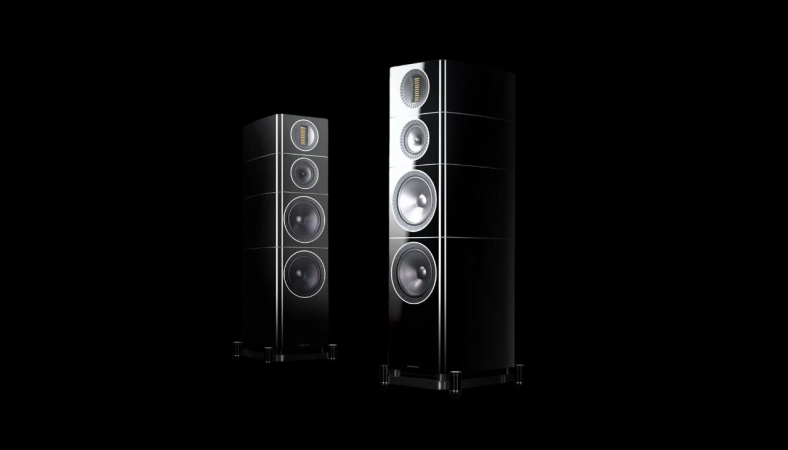On March 9, 1904, audio legend Paul W. Klipsch (PWK), the only child of Oscar Colman Klipsch and Minna Pearl Eddy, is born in Elkhart, Indiana.
While working in Chile, South America, repairing electric locomotives in 1930, Paul W. Klipsch continued to pursue his hobby of amateur radio. Comparing horn-type and conventional speakers, he finds a significant superiority of the "horn" in terms of sound quality.
Key stages in the history of Klipsch:
1931-1933
During his graduate studies at Stanford University, a classmate tells Paul W. Klipsch that he thinks speakers sound better in the corner. Then, while serving in the military at the Southwest Proving Ground in Hope, Arkansas, Paul W. Klipsch perfected the design of horn-type speakers for home music listening. His guests are surprised by the naturalness of their sound and persuade him to organize his own business producing acoustics.
1938
Sticking with his theory that horn speakers have higher sensitivity and sound better in the corner, Paul W. Klipsch develops the first prototype of the "Klipschorn".
1946
At the age of 42, Paul W. Klipsch incorporated the Klipsch & Associates brand and began selling Klipschorn speakers out of his workshop in Hope, Arkansas.
Employees of the Baldwin Piano Company help Paul produce the first 20 Klipschorn speakers.
1948
Paul W. Klipsch purchases his first manufacturing facility, a former Southwest Proving Ground telephone exchange in Hope, Arkansas, and hires his first employee, carpenter Lloyd McClellan.
The first Klipschorn speaker produced in this room is numbered 121.
Currently, the building of the first factory houses the Klipsch Museum.
1957
Paul W. Klipsch introduces the experimental Heresy, the world's first center channel speaker designed for commercial use. A year later, these speakers are demonstrated at the international fair in Brussels.
The updated Klipsch "Heresy IV" is still manufactured in Hope, Arkansas.
1963
Paul W. Klipsch designs the "La Scala" acoustic system for concert use. Winthrop Rockefeller, a candidate for governor of Arkansas, later used them as part of his sound equipment for his campaign.
1977
Paul W. Klipsch receives the Association of Audio Engineers' second most important award, a prestigious silver medal for his contributions to speaker design and distortion measurement techniques.
Klipsch & Associates improves its line of professional speakers with the release of the MCM model, weighing 227 kg. Designed for use at concerts and cinemas, the MCM speaker has enough power to blast the entire hall with sound.
1980
Klipsch officially launches the professional movie theater speaker business with the sale of its first "MCM" speaker system to John Allen.
Allen then recorded the film's digital soundtrack for the first time, using Klipsch speakers as monitors.
1983
Paul W. Klipsch inducted into the Audio Hall of Fame.
1989
At age 85, Paul W. Klipsch sells Klipsch & Associates to Fred S. Klipsch, his second cousin, an Indianapolis businessman, and his wife, Judy. Manufacturing remains in Hope, Arkansas, with commercial operations moving to Indianapolis, Indiana.
The company is renamed Klipsch, Inc., but remains entirely under family control.
1992
Klipsch is launching two models of in-wall speakers, the "IW 100" and "IW 200", designed for project installations.
That same year, the "Academy" center channel speaker was released, becoming the first Klipsch model made specifically for home theater use.
1996
Klipsch releases the Rebel 8, the first compact satellite speaker.
1997
Paul W. Klipsch is inducted into the Science and Engineering Hall of Fame along with Thomas Edison, George Washington Carver and the Wright Brothers. The "Science and Technology Hall of Fame" includes those scientists who have made a great contribution to improving the quality of life of people through their scientific and technological achievements.
1999
Klipsch introduces the world's first THX® certified computer speakers. At a very modest cost ($249), the ProMedia v.2-400 speakers will forever change people's ideas about the sound quality of multimedia acoustics.
2000
Klipsch is moving its headquarters to northwest Indianapolis. In addition, the company name changes to "Klipsch Audio Technologies".
Indiana Heartland's Ernst & Young honors Fred S. Klipsch as Manufacturing Entrepreneur of the Year.
2001
Klipsch opens the Engineering and Technology Center, which is one of the most advanced research and technology centers in the field of acoustics and has two anechoic chambers, digital workstations, a workshop for the production of prototypes of future technologies and an industrial design studio.
2002
On May 5, audio industry legend Paul W. Klipsch passed away at the age of 98. Being a tireless perfectionist, he received 23 patents for his inventions in a wide variety of technical fields.
2004
The Consumer Electronics Show (CES) inducted Paul W. Klipsch into the Consumer Electronics Hall of Fame. It was founded in 2000 by the Consumer Electronics Association (CEA) to honor leaders whose creativity, perseverance and determination helped shape the consumer electronics industry.
2005
Klipsch partners with Apple to release the "iFi" model, the first home stereo system for iPod on the market.
Klipsch acquires Danish brand Jamo to accelerate the company's global growth.
2006
The company acquires Audio Products International (API), which is a manufacturer of audio products under the Mirage®, Energy® and Athena® brands.
2007
At the IFA exhibition in Berlin, the "Palladium P-39F" is presented - luxury high-end floor-standing speakers, which have become the pinnacle of modern implementation of horn technology.
2009
In May, Klipsch introduces the "Image S4" headphones. This is one of the most successful product launches in the company's history.
The S4i was hailed as the first third-party headset to offer full control over iPhone 3GS, iPod touch and iPod music and video content.
Klipsch introduces its affordable "HD Theater" series of home theater speakers, proving that high-definition images require matching sound.
In August, Klipsch takes its headphone business one step further with the introduction of the "Image S4i" and "S2m" headsets.
2010
Klipsch is expanding its headphone lineup with the introduction of Image ONE, the company's first on-ear headphones.
The Image S4i headphones receive a 2010 CES Innovations Award, and Maximum PC magazine adds the ProMedia 2.1 Wireless to its "Best of the Best" list.
Klipsch becomes the official headphone sponsor and supplier of the World Series of Poker® (WSOP).
Klipsch Group, Inc. is making another splash in the industry - introducing five all-new, cross-brand compatible subwoofers.
2011
Klipsch Group, Inc. is acquired and becomes a subsidiary of Audiovox Corporation (NASDAQ: VOXX). Soon after, Fred. S. Klipsch joins the Voxx board of directors and Paul Jacobs is named CEO of Klipsch.
Jamo's design and product engineering moves to the company's headquarters in Indianapolis, while Klipsch Group Europe opens a new headquarters in Paris, France.
The renowned Indianapolis outdoor amphitheater becomes the Klipsch Music Center and further strengthens its relationship with Live Nation Entertainment.
2016
Klipsch is celebrating its 70th anniversary by launching special editions of classic Heritage products while debuting innovative Heritage wireless speakers and powered audio solutions.
2018
Klipsch debuts wireless high-definition home theater and voice-activated speakers.
Klipsch today
Today, Klipsch is the largest American and global manufacturer of high-quality acoustics for home and professional use. From a small workshop, the company has grown into one of the recognized leaders in the Hi-Fi industry, both in the field of home and professional audio.
Klipsch speakers can be found in high-end stereo and home theater systems (including those certified to the THX Ultra II standard), as well as in multi-room wireless sets. At the same time, any of the models of Klipsch speaker systems flawlessly performs the main function - it reproduces the sound as it was recorded in the studio, be it chamber jazz music or a multi-channel track of a modern blockbuster.
The quality of Klipsch acoustics is confirmed by the fact that it is one of the few name-brand companies not only in the audio market, but in the industry in general. This is a kind of guarantee of offering only proven solutions and technologies, as well as the reliability and durability of manufactured equipment.
Choosing Klipsch from the huge number of speakers presented on the Hi-Fi market, you seem to cut off everything unnecessary, like a sculptor who sees high art in a piece of marble. The difference is that in this case the master has already done the work, all you have to do is buy any speakers with the logo of this company to your liking.
Company technologies
Started by Paul Klipsch (the engineer has 23 patents) in the 40s, the development of proprietary technologies continues to this day. Among its main achievements, the company itself highlights the following:
- Klipschorn horn system
- Tractrix horns
- Speakers with ceramic-metal diffusers
- LTS tweeters with aluminum domes and Kapton surrounds
- WDST dispersion technology for surround speakers
- Oval soft Oval Ear Tips for in-ear headphones
